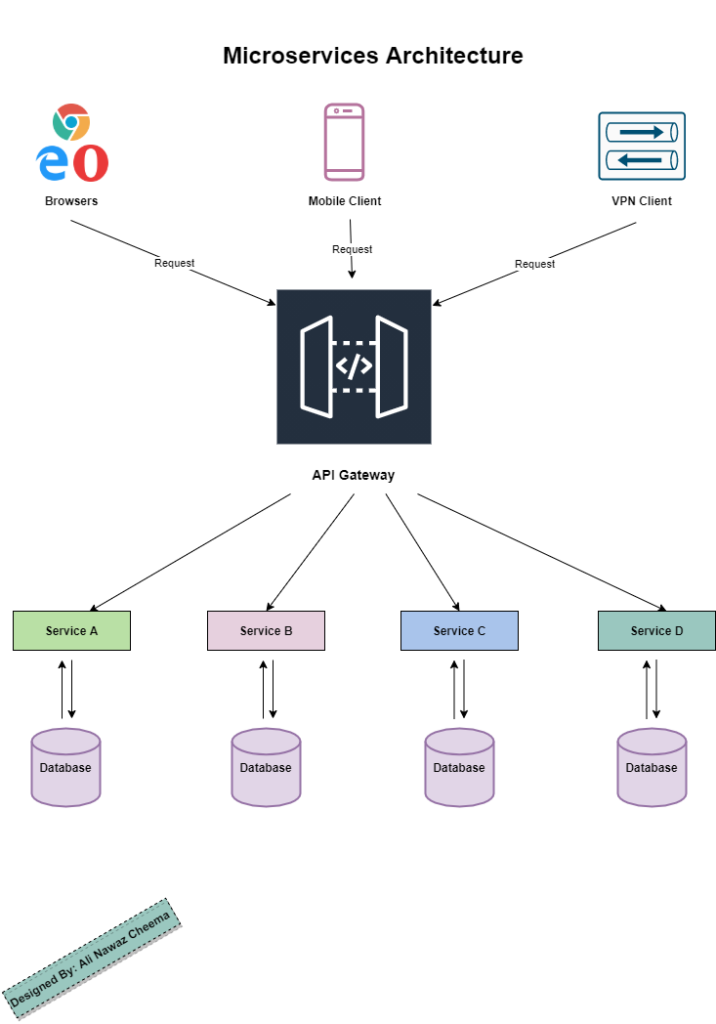Microservice architecture
Microservice Architecture is a type of service-oriented software architecture that focuses on building components that make up an application. Microservice applications have multiple independent components that are glued together with APIs.

In microservices architectural style, applications have a collection of services that are
- Highly maintainable and testable independently
- Independently deployable
- Loosely coupled
- Organized around business capabilities
This application architecture enables the rapid, frequent, reliable development and delivery of large, complex applications. It also enables an organization to evolve its technology stack.
There are lots of companies that have transformed from a monolithic approach to microservices. The most prominent names are Netflix, Amazon, Paypal. Let’s define the pros and cons of the microservices approach to determine whether this approach is suitable for your project.
Pros of microservices
Microservices have become hugely popular in recent years. Because they come with some benefits that are really useful in the era of containerization and cloud computing.
Scalability
Microservices Architecture provides better scalability as each feature is a separate service, which can be scaled separately, whenever it’s necessary.
Easy to develop, test, and deploy
The major advantage of microservices over other architectures is that small single services can be built, tested, and deployed independently. In this approach a deployment unit is small, it facilitates and speeds up development and release.
Low Coupling and Increased Agility
With this approach, several teams can work on their services independently. Each individual part of an application can be built separately due to the decoupling of microservice components.
Increased agility allows the team to develop and deploy a service without bringing down the whole application.
Better Fault Tolerance
In microservice architecture services are independent, they do not impact each other. It means that a service failure, won’t affect the whole application.
Can Use Multiple Programming Languages
Services can be developed in different programming languages and can be deployed on different platforms.
Cons of microservices
Complexity
The biggest disadvantage of this approach lies in its complexity. Splitting an application into separate independent services entails more artifacts to manage. This architecture requires enormous effort, planning, skills, and team resources. The reasons for high complexity are the following:
- Increased demand for automation, as every service should be tested and monitored
- Available tools don’t work with service dependencies
- Data consistency and transaction management becomes harder as each service has a database
Security Concerns
In this approach, each functionality that communicates externally via an API leads to attacks. These attacks can happen only if security measurements aren’t implemented properly while building an application.
The bottom line
Microservices are good, but not for all types of applications. This approach works well for evolving applications and complex systems. You should consider choosing a microservices architecture when you have multiple experienced teams and the application is complex enough to break it into independent services. Microservices are beneficial when an application is large and needs to be flexible and scalable.